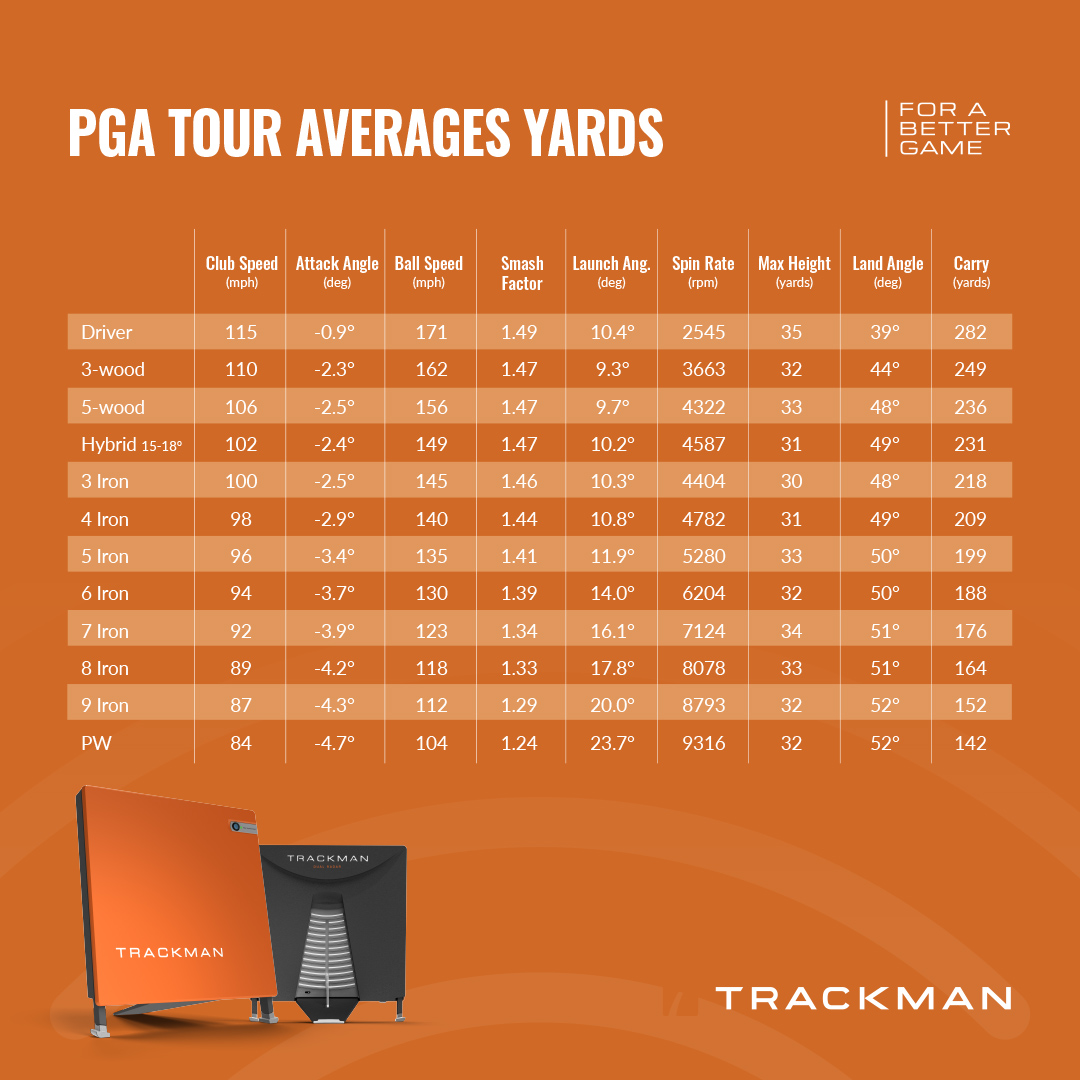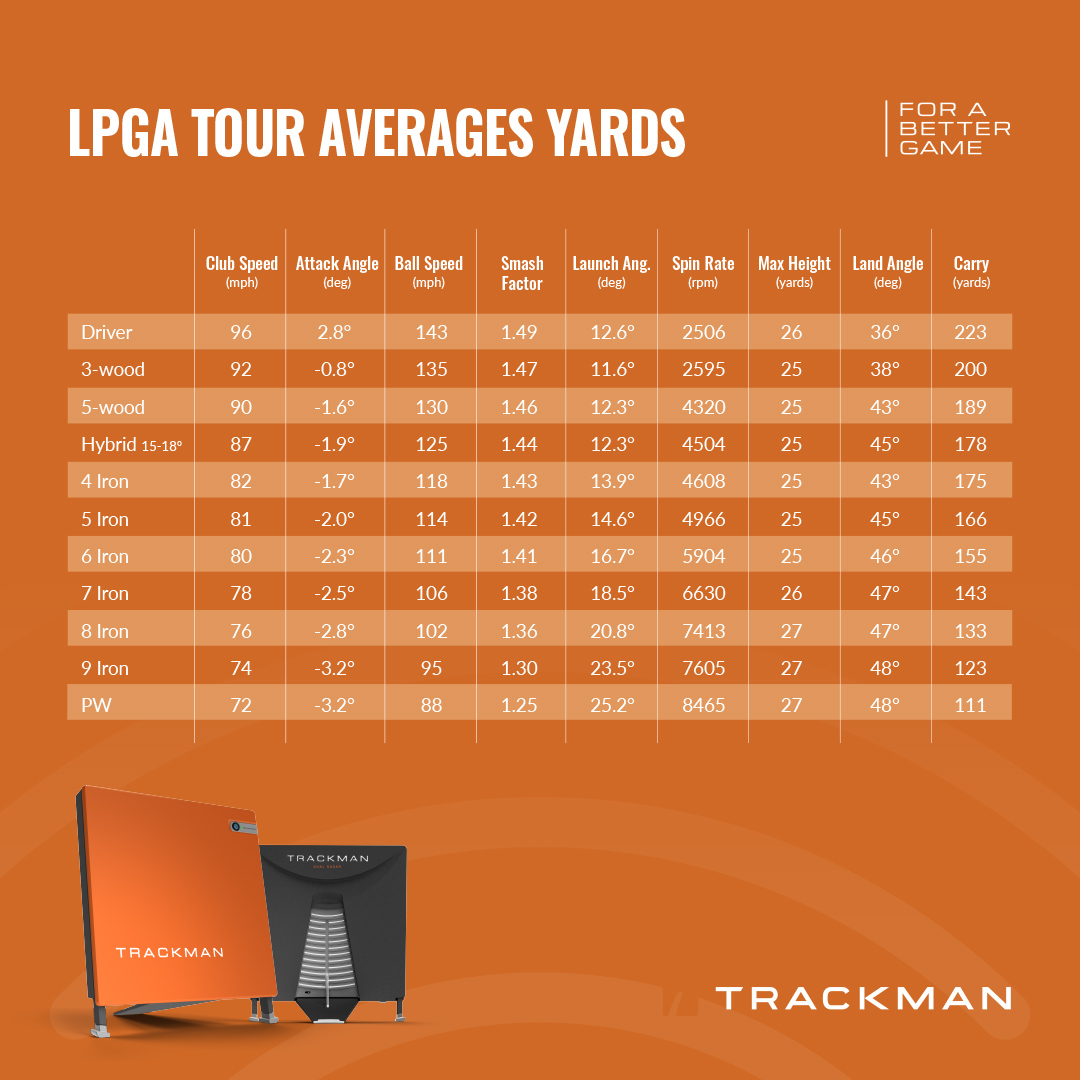EJS GOLF BLOG
Learn about the golf swing and what you can do to improve your score on the golf course. Fill out the form below if you have any questions or want to set up a time to talk.
Mastering the Art of Golf with Coach Erik Schjolberg
I’m Coach Erik Schjolberg, and welcome to the EJS Golf blog—Scottsdale’s authority on science-driven ball-striking. Here you’ll find in-depth analyses of swing mechanics, data-backed breakdowns of impact and launch dynamics, and actionable practice routines designed to rewire your muscle memory from day one. Each post peels back the curtain on cause-and-effect in your swing, whether you’re chasing Tour-level precision, collegiate consistency, or lower weekend scores. Dive into our deep-dive articles, master the drills that drive real improvement, and transform your game with proven science and strategy.
But let’s be clear: golf isn’t only about perfecting swing mechanics. The mental battle you fight on each tee is often the one that determines whether you stay in the game or walk off the course. Here, we’ll tackle the psychological hurdles—the pressure of a tight leaderboard, the frustration when a swing fails under stress, the self-doubt that creeps in after a bad hole. You’ll learn evidence-based mental strategies—visualization routines, pre-shot rituals, stress-management techniques—that fortify your focus and resilience. Mastering these mind-set tools is just as critical as dialing in your impact position, and I’ll show you exactly how to integrate mental training into your practice for lasting confidence on every shot.
Explore Our Blogs

Statistical Differences Between Scratch, LPGA and PGA
Scratch Golfers vs. PGA and LPGA Tour Pros: Performance Comparison
Introduction:A scratch golfer(0 handicap) is an elite amateur who typically shoots around even par. However, even scratch players fall well short of tour professionalsin nearly every performance category. Below we compare key statistics – from driving and approach shots to short game and putting – between scratch golfers, PGA Tourpros (male) and LPGA Tourpros (female), using data from 2022–2023. The goal is to clearly see where tour pros gain strokes and how an “even-par” amateur stacks up. All categories use the same metrics for easy side-by-side comparison.
Hi friends and golfers. My name is coach Erik Schjolberg, founder and owner of EJS Golf and the Science of Better Golf community. You can find me teaching live at McCormick Ranch golf course located in Scottsdale, AZ. Having coached thousands of lessons over the past 25 years plus, I have learned that the more golfers focus on data and what is real vs. Driving: Distance & Accuracy
Scratch golfers are much shorter and less accurateoff the tee than tour pros. The average scratch player drives the ball about 259–260 yards, whereas PGA Tour pros average about 300 yards– a ~40 yard advantage for the pro. In fact, a scratch golfer would be that far behind on every par-4 and par-5 hole when both hit driver. LPGA Tour players average around 253 yards, just shy of scratch distance. But beyond distance, pros also hit more fairways. Scratch players hit only ~50–51%of fairways, meaning they miss as many as they hit, while PGA Tour pros hit about 60%and LPGA pros roughly 70–75%of fairways. In practical terms, a scratch golfer is spraying one out of every two drives into the rough (or worse), whereas an LPGA pro finds the short grass about three out of four times. It’s estimated that scratch players incur close to one double-bogey (or worse) per round from those wild drives, something tour pros rarely do
Avg Driving Distance: Scratch ≈ 260 yds. LPGA ≈ 253 yds. PGA ≈ 299 yd
Fairways Hit: Scratch ≈ 50% vs. LPGA ≈ 75% vs. PGA ≈ 60%
(Pros drive it ~15% farther than scratch golfers on average, and hit a higher percentage of fairways – a lethal combination that sets up easier shots into greens.)

Greens in Regulation (Approach Shots)
Tour pros also significantly outperform scratch players in iron play. A green in regulation (GIR)means hitting the green with enough strokes left for a two-putt par. Scratch golfers hit only about 56–58%of greens (roughly 10 out of 18 greens per round). By contrast, PGA Tour players average about 66%(nearly 12 greens per round), and LPGA players about 73%(around 13 greens) In other words, a scratch player is missing 7–8 greens each round, whereas an average tour pro misses only 5–6 (this is for the best). More greens hit means more birdie opportunities: the average PGA pro makes ~3.7 birdies per round compared to about 2 birdies for a scratch golfer. LPGA players also average on the high end of that range (around 3 to 4 birdies per round). This stark difference is fueled by approach shot quality. For example, from a long distance (200+ yards), PGA pros will hit the ball closer to the pin – often twice as closeas a scratch golfer would. Even from mid-range (e.g. 150 yards), pros consistently land more shots on the green. The data confirms approach play is a major separator: hitting 2–3 extra greenseach round is a big reason tour pros shoot under par more often than scratch players.
Greens in Regulation:Scratch ~56%(≈10/18) vs. LPGA ~73%(≈13/18) vs. PGA ~66%(≈12/18)
Birdies per Round:Scratch ~2vs. LPGA ~3–4vs. PGA ~3.7
Pros hit more greens, yielding significantly more birdie chances. A scratch golfer might hit 10 greens and make 2 birdies on a good day, while a tour pro hits 12–13 greens and converts 3–4 birdies.
Short Game: Scrambling & “Up-and-Down”
When a green is missed, the ability to scramble (get “up-and-down” for par)becomes critical. Tour pros shine here as well, though the gap is somewhat narrower than in long game. On the PGA Tour, players save par ~58%of the time after missing a green. Scratch golfers’ overall scrambling is a bit lower (estimated around 50–55%, though good data suggests ~57% in some cases). In other words, a scratch player only saves par about half the time they miss a green. LPGA Tour pros likely scramble in the Fifty-to-60% range as well (top LPGA players were 63% in bunker saves). To illustrate short-game skill, consider greenside bunker shots: PGA Tour players get up-and-down from sand about 49%on average, and LPGA pros around 45%(the top LPGA sand save rates exceed 60%). A scratch golfer’s sand save percentage (44%) is actually comparable to the lower end of LPGA Tour players– meaning even an elite amateur can struggle to get up-and-down from the bunker as often as a professional. The best pros, however, are dramatically better: for example, the PGA Tour leader was 68% from sand, and the #1 LPGA player ~63%, far outpacing any amateur. Beyond bunkers, pros also chip and pitch more accurately from the rough. They leave themselves shorter putts and thus save par more frequently. One analysis found that on average a scratch golfer’s bunker shot finishes 19 feet from the hole – a distance at which only about 9%of putts are made, implying very few sand saves. Tour pros, by contrast, average just under 10 feet from the hole from sand, giving them a far better chance to convert the save. Overall, tour pros turn many of those missed greens into pars, whereas scratch golfers more often turn them into bogeys.
Scramble (Par Save) Rate:Scratch ~50–55%(est.) vs. LPGA ~50–60%(est.) vs. PGA 58%
Sand Save % (Bunker Saves):Scratch 44%vs. LPGA ~45%(median) vs. PGA 49%
(Around the greens, scratch players hold their own in easy situations, but pros excel in tougher ones. Tour pros are markedly better at getting out of bunkers and thick rough in one shot and converting those into pars.)

Putting Performance
On the greens, tour pros gain strokes through consistency and avoidance of mistakes. In raw numbers, a scratch golfer takes about 30–31 putts per roundon average, while a PGA Tour pro averages around 29 putts. (LPGA players are around 30 putts per round on average.) That might not sound like a huge difference – roughly 1–2 putts fewer for the pro – but it is very significant at an elite level and often is the margin in scoring. Moreover, scratch golfers tend to have more 3-putts and fewer one-putts than pros. Scratch players average about 1.3 three–putts per round, which is roughly two to three times the three-putt rate of a PGA Tour pro (PGA average is only 0.49 three-putts per round). In contrast, pros rack up far more 1-putts: the PGA Tour average is about 7 one–putts per round versus ~5 one–putts for scratch golfers. This highlights that pros not only hit it closer, but also hole more putts when given the chance. From short range, the difference is stark: tour pros sink about 87% of putts from 3–5 feet, while scratch golfers make only 76%from that range . At mid-range (10–15 feet), pros make roughly 30%, compared to 17%for scratch players. And on very long putts, pros avoid disasters – they three-putt from 25+ feet only about 9%of the time, whereas scratch golfers three-putt those long distances 16%of the time. All these incremental gains add up. It’s worth noting that the simple “putts per round” stat can be a bit misleading – scratch golfers often miss more greens, so they end up chipping close and one-putting (which counts as a putt, lowering their total putts). A better measure is putts per green in regulation: here scratch players average about 1.82 putts per GIR, slightly worse (higher) than the ~1.80putts per GIR of an LPGA Tour player. In other words, when putting from a green they hit, scratch golfers take more strokes than the pros. The bottom line is that tour pros are more precise and clutch putters, saving strokes on the greens by making more short- and mid-range putts and rarely three-putting. A PGA Tour player might beat a scratch golfer by 1–2 strokes on the greens alonein a typical round (e.g. 29 putts vs 31, with fewer costly 3-putts)
Putts per Round:Scratch ~30.7vs. LPGA ~30.0vs. PGA ~29.0
Avg Three–Putts:Scratch 1.3per round vs. PGA 0.5per round (LPGA similar to PGA)
Putts Made – 10 ft:Scratch 17%vs. PGA 30%(make percentage from ~10–15 feet)
(Tour pros hole putts at a higher rate from every distance and avoid three-putting. A scratch golfer’s putting is excellent by amateur standards, but the pros still gain ~1–2 strokes on them purely with the flat stick.)

Mistakes & Scoring: Bogeys, Doubles, and Consistency
Perhaps the most telling differences are in scoring consistency and avoidance of bogeys. A scratch golfer averages about 4–5 bogeys per round, whereas a PGA Tour pro averages only about 2–3 bogeys per round\ (for example, the PGA Tour average is roughly 2.7 bogeys, and the Tour’s best players are lower yet – Scottie Scheffler made only 1.82 bogeys per round in 2023). LPGA pros, playing at a similar scoring level to scratch in absolute terms, still make around 3 bogeys per roundon average, which is better than the scratch player. Importantly, scratch golfers are far more prone to big errors. As noted earlier, a scratch golfer is likely to card at least one double bogey (or worse)in a round due to a penalty or disaster hole
. Tour pros make doubles much more rarely; they can go many rounds without a double bogey. This consistency shows in how often they break par. The average scratch player shoots under par in only about 25–30% of their rounds. In contrast, even the #100-ranked LPGA Tour player breaks par ~37%of the time, and a top-50 LPGA player about 50%of the time. The very best female pros (Rolex #1) are under par an astounding 80%of their rounds. PGA Tour players similarly are under par most of the time on courses much more difficult than those a scratch golfer faces. In short, pros combine all the aforementioned skills to minimize mistakes: they hit more fairways (fewer penalty drops), reach more greens (fewer tough saves), and sink more putts (fewer three-putt bogeys). A scratch golfer can certainly shoot even par or better on a good day, but to do so they often need their best ball-striking and a sharp short game. Tour pros do it routinely, even under pressure and on championship courses. This is why a scratch golfer would struggle to competewith tour professionals over 18 holes – the pro’s superior driving, iron play, short game, and putting add up to a several-stroke advantage, and they make fewer costly mistakes on top of that
Bogeys per Round:Scratch ≈ 4.7vs. LPGA ≈ 3.3vs. PGA ≈ 2.7
Double Bogeys:Scratch ~0.9per round (nearly one) vs. Tour Pros <0.2(rare occurrence)
Rounds Under Par:Scratch ~27%of rounds vs. LPGA ~50%(for a top 50 player)
Scratch golfers tend to make two more bogeys per round than PGA Tour pros, and they are far less consistent. Pros eliminate big numbers – they rarely blow up with double bogeys – and string together under-par rounds far more frequently.
In conclusion, I am a big believer in knowing stats so that I can set correct expectations. For instance, If I am 200 yards out from the green, I know that the Tour players miss the green half of the time from that yardage. So, I may set my expectations at 30%.
I encourage you to check out theScienceofBetterGolf.com community that is all about improving your game. I will host weekly coaching sessions, live, there are stat trackers, video series of swing instruction and so much more including giveaways.
(480) 861-9370
What You Can Expect from Our Blog
1. Expert Insights on Swing Mechanics:
With over 25 years of experience as a PGA Professional Golf Instructor, I delve deep into the nuances of golf swing mechanics. My articles break down complex theories into understandable concepts, focusing on ground reaction forces (GRFs), biomechanics, and efficient energy transfer.
2. Advanced Technological Guidance:
Our academy is equipped with state-of-the-art tools like the Trackman 4 Launch Monitor, 3D Pressure Plates, and Hackmotion, among others. On the blog, I share how to leverage these technologies to gain precise feedback on your swing, helping you make informed adjustments and see measurable improvements.
3. Tailored Practice Routines:
My philosophy is built on the belief that improvement should be evident from the first lesson. I advocate a '15 minutes per day' practice model, designed to fit into your busy schedule while ensuring consistent progress. Each blog post aims to offer practice drills and routines that are easy to implement and effective in refining your skills.
4. Real Success Stories:
Read about the experiences of those who have trained at EJS Golf Academy. These testimonials not only inspire but also illustrate the practical application of our teaching methodologies and the real results achieved.
5. Interactive Learning:
We occasionally feature video tutorials and interactive content that allows you to visually grasp techniques and corrections. This blended approach helps reinforce learning and allows you to engage with the content actively.
How Our Blog Helps Golfers Get Better
Every post is crafted with the intent to educate. We cover everything from basic fundamentals to advanced techniques, ensuring there's something valuable for every skill level. By presenting data and evidence-backed strategies, our blog demystifies the 'why' and 'how' behind effective golf training. This analytical approach empowers you to make smarter decisions about your practice and play. We understand that generic advice does not suit everyone. Our blog posts are designed to help you identify your own needs and adapt our techniques accordingly. Whether it’s adjusting your grip, stance, or swing path, you’ll find personalized tips that resonate with your specific challenges. Beyond just reading, our blog serves as a community hub where you can interact with fellow golfers and share your experiences. This supportive environment encourages learning and improvement through collective wisdom.
Join Us on Your Path to Mastery
Whether you’re looking to refine your swing, understand the biomechanics of your body, or simply get more enjoyment out of the game, our blog at EJS Golf Academy is your go-to resource. Bookmark our page, subscribe to updates, and start transforming your game today.
Remember, at EJS Golf, we don’t just teach golf; we craft master golfers. Let’s begin this journey together. Visit us atEJSGolf.com to learn more about our programs and start your training online or at our Scottsdale location. Let’s make every swing count!
DO YOU HAVE QUESTIONS?
Fill out my contact form and I will respond to you within 24 hours.
phone: 480.861.9370 email: [email protected]

I've taken multiple private lessons with Erik and he's been by far the best swing coach I have ever worked with. He has the ability to dissect your swing and make small changes for big improvements. What I love most about his lessons is they go far beyond the 1 or 2 hours you're with him. He follows up with videos of how you can improve at home and on the range. The value he provides is absolutely worth the cost of his sessions. I would recommend any golfer at any level who truly wants to get better to go see Erik.”
- Reanol H.

Erik is the best! and that is not an exaggeration. There has not been a single lesson where I haven't walked out and felt like a far better golfer than before. What can't be praised enough is the effort and dedication that Eric puts into each of his students, as his approach to fixing and improving my golf swing was specific to me. While teaching, Erik takes the extra time to truly dive into what he is trying to convey rather than just telling you, allowing for a better understanding. Beyond the instruction at the course, Erik sends specific drills to you from an app that allows for slow motion replays, letting you break down everything and work on your game at any time. I genuinely mean it when I say that I would recommend Erik to anyone wanting to improve their golf game, as he is not only a top not instructor but also a top notch person who cares about his students.
- Brennan K.

Erik is flat out a great coach and mentor! I highly recommend him! Working from the ground up, my swing is healthier and smooth! I wanted a coach that shared the same main principles as the late Tony Manzoni and Erik hits the mark! Found Erik by listening to the Golf Smarter podcast by Fred Greene and connected with EJS Golf through the Perfect Motion app. Erik is motivated and incredibly gifted at his craft!
- Bryan B., Indiana, USA


